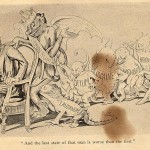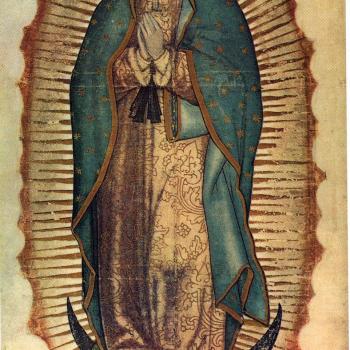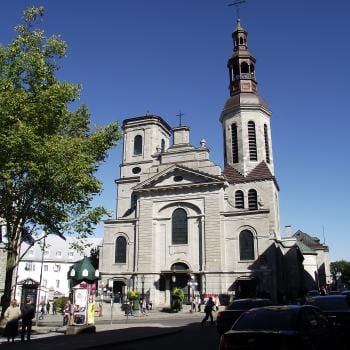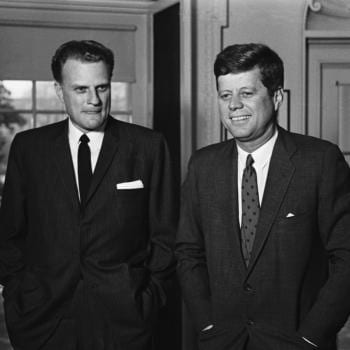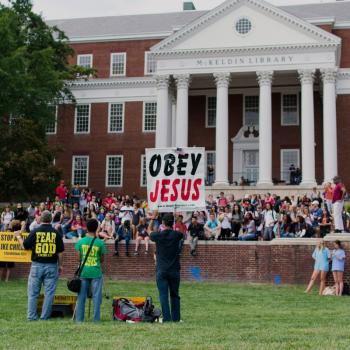Disclaimer: Sweet Briar College is neither exclusively Christian nor all-white. This post’s intention is not to tarnish the College with either Donald Trump, religious fundamentalism, or racial prejudice. It is to take heart from the change of fortunes for an institution that appeared to be a emblem of a by-gone era in the history of higher education. With so much contemporary banter about the United States entering a new period of its history, Sweet Briar’s recovery as an all women’s liberal arts college is remarkable.
Well, maybe not Christian in any Billy Graham sense, but with all the bad news and border line hysteria about Trump and Clinton and even predictions of the end of white Christian America, maybe a few readers have an appetite for some good news. Sweet Briar College, a women’s liberal arts institution in Virginia (where students often brought their horses with them), was on the brink of closing and now seems to have saved itself from oblivion.
On March 3, 2015, an announcement that Sweet Briar would shutter after 114 years stunned alumnae, faculty, staff, donors and the community. But alumnae won a legal battle to remain open and raised the money needed to do it. A new board and administration took over Sweet Briar’s governance last July. Most faculty and staff were gone, students had transferred, and the riding and study-abroad programs had been moved to other colleges. Even the food service was terminated.
Six weeks later, classes started on time. A new senior team was in place, 236 students were enrolled, our signature riding and study-abroad programs were back, a new food service was retained, and an excellent faculty and staff were on the job.
How they did this was with a lot of help from alumnae:
Despite having 60 percent fewer students, almost $5 million in required severance payments and millions more in other closing costs, the college did not spend a penny from its $65 million endowment to operate this fiscal year — ending 20 years of draws in excess of the 5 percent target.
Our third lesson is to keep alumnae close and to treasure them in ways that go beyond college magazine headlines.
We’ve called our successes “miracles.” But miracles followed hard work by Sweet Briar women who saved something worth fighting to keep. Alumnae put their lives on hold to raise money or left lucrative jobs to work for the college through the transition.
First, they kept the college open by pledging $28.5 million in 110 days and delivering $12 million by Sept. 2, 2015.
This year, they raised $10.25 million to help cover costs incurred by the near-closure.
And it’s not just money. Our alumnae staffed 400 college fairs this year. They come to campus in the hot summer in overalls to paint, hammer and weed as they maintain historic buildings and gardens. They even rallied enough votes for Sweet Briar to win the national online Sports Illustrated mascot contest.
Best of all (from someone who teaches in a small college), Sweet Briar seems to want to preserve a liberal arts curriculum:
We will continue to adjust to market conditions, but it cannot be at the cost of what Sweet Briar does best: providing an immersive, rigorous educational and leadership experience for women thoroughly grounded in the liberal arts, regardless of major.
If the goal of higher education is to prepare students to thrive in an ever-changing workplace and in life, then the savvy, resourcefulness and tenacity our alumnae displayed saving Sweet Briar makes its case.
Our history affirms that we can overcome the hurdles we face.
We have not reached full strength — but like all who treasure the value of liberal arts institutions, we will make the choices and do the work that we know is required of us.
If this worked for Sweet Briar, maybe it could make America great again.


